Shark-infested beaches in the US are a stark reminder of the ocean’s unpredictable nature. In 2024 alone, TrackingSharks has reported that there have been 28 shark attacks so far, underscoring the persistent risk. Despite the allure of these coastal destinations, beachgoers must remain vigilant and informed about the risks lurking beneath the waves.
Here we have highlighted some of the US shorelines known for shark activities capturing some of the recent incidents there.
New Smyrna Beach – Florida, United States
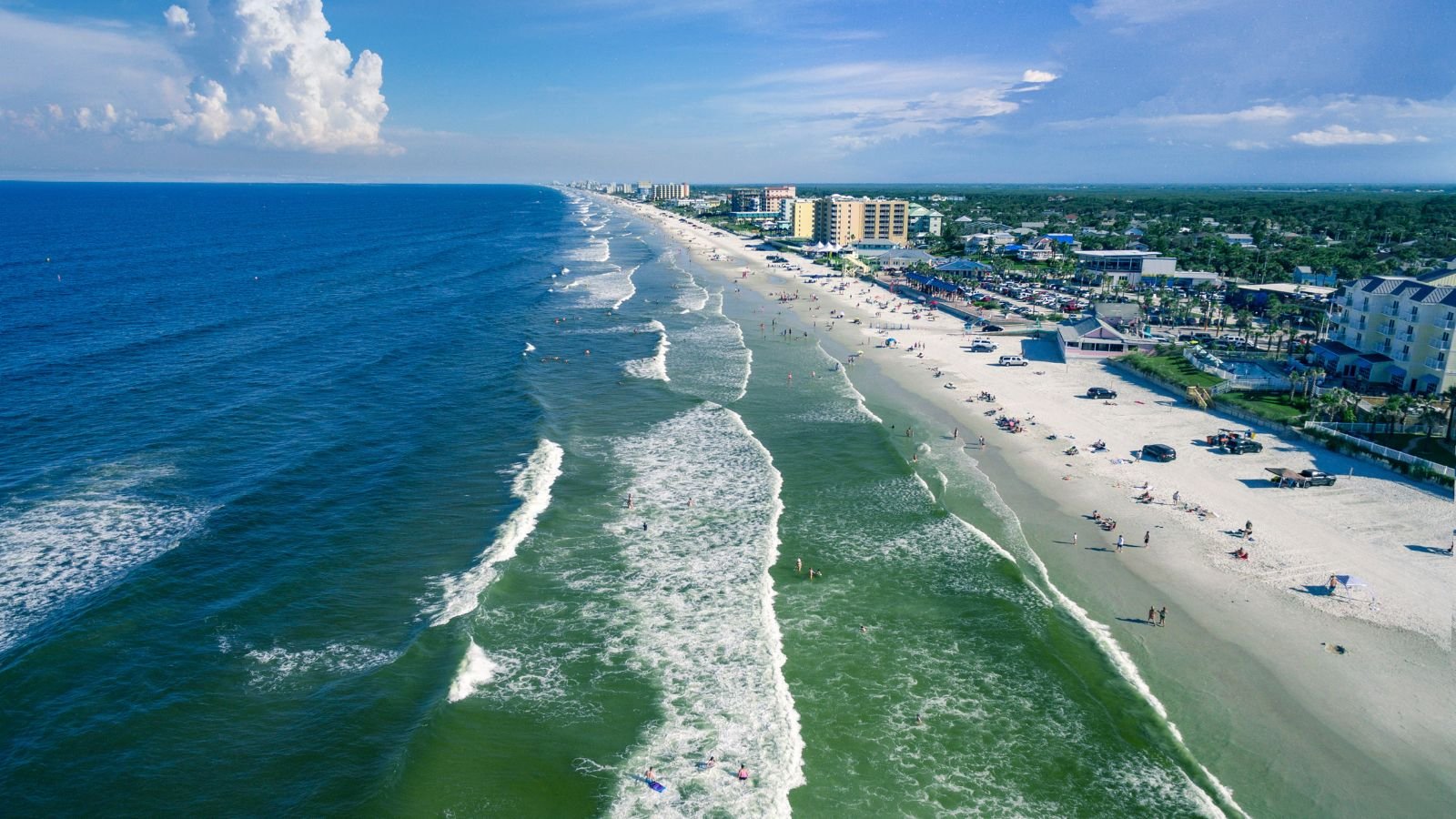
New Smyrna Beach in Volusia County, Florida, is dubbed the “shark bite capital of the world.” Between 2012 and 2021, this area saw 32 shark attacks, more than any other US location. Sharks often mistake humans for prey in the beach’s murky waters. Recently, a 26-year-old man and a 21-year-old were bitten while wading and playing football, respectively. These incidents highlight the ongoing risks at this popular beach.
Myrtle Beach – South Carolina, United States

Myrtle Beach boasts 19 million annual visitors drawn to its coastal allure. However, beneath the surface lies a different reality. Marine biologist Jasmine Graham has reported that sharks, including large ones, often patrol these areas unnoticed. During the summer, shark populations surge, increasing the risk of encounters. While lemon, spinner, and hammerhead sharks are less threatening, blacktip, bull, and tiger sharks can be aggressive. According to NBC News, in 2022, two shark attacks occurred on the same day, and a similar incident happened in 2023, highlighting the unpredictable nature of these waters.
Makena Beach – Hawaii, United States
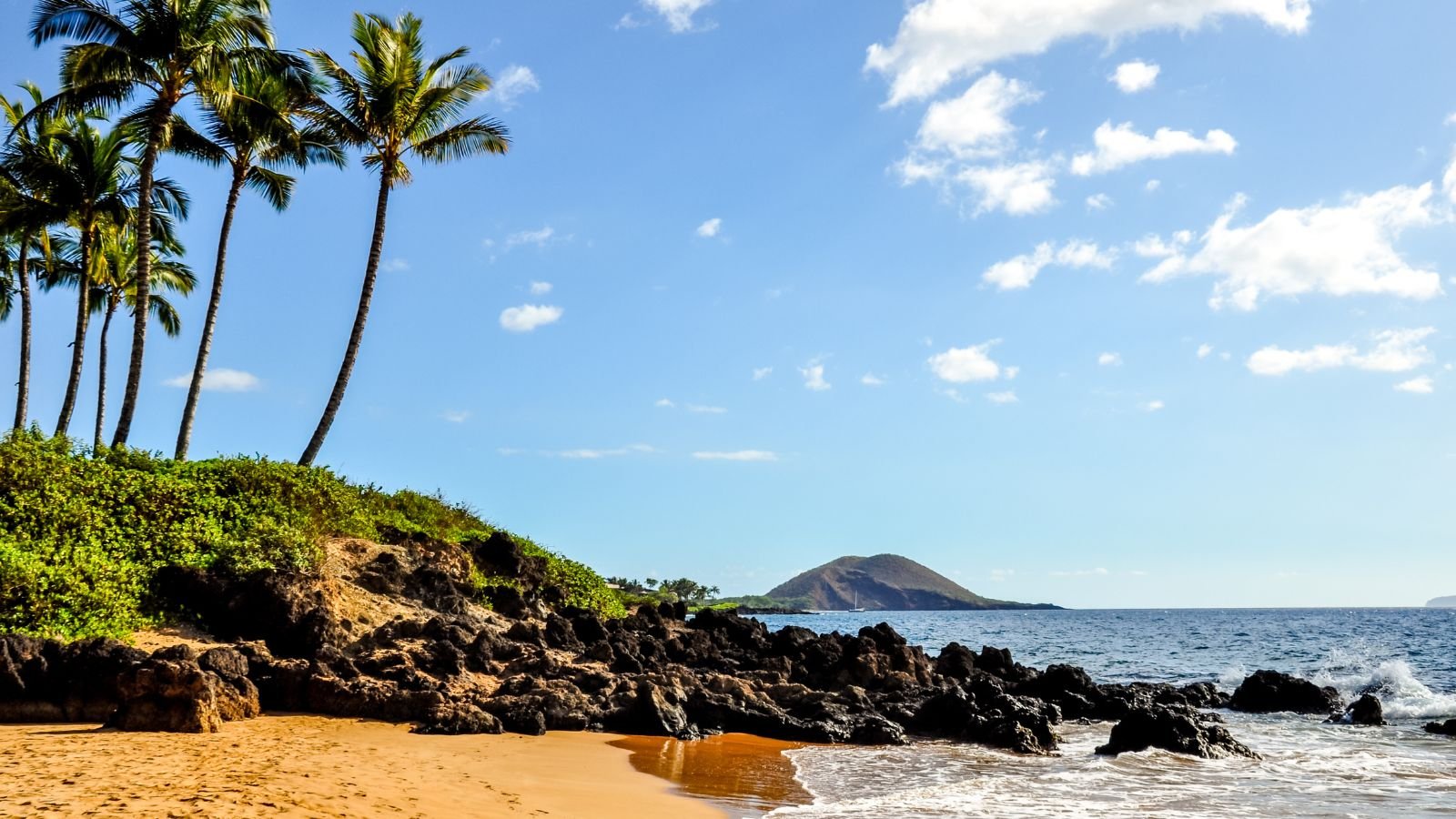
Makena Beach, Hawaii, known for its stunning beauty, harbors a dark secret: a significant shark population. Tiger sharks, notorious for aggression, frequent the shallow waters where swimmers congregate. Fatal attacks, including a kayak fishing incident in 2013 and the discovery of a woman’s body with shark bite marks in 2015, underscore the danger.
Emerald Isle Beach – North Carolina, United States
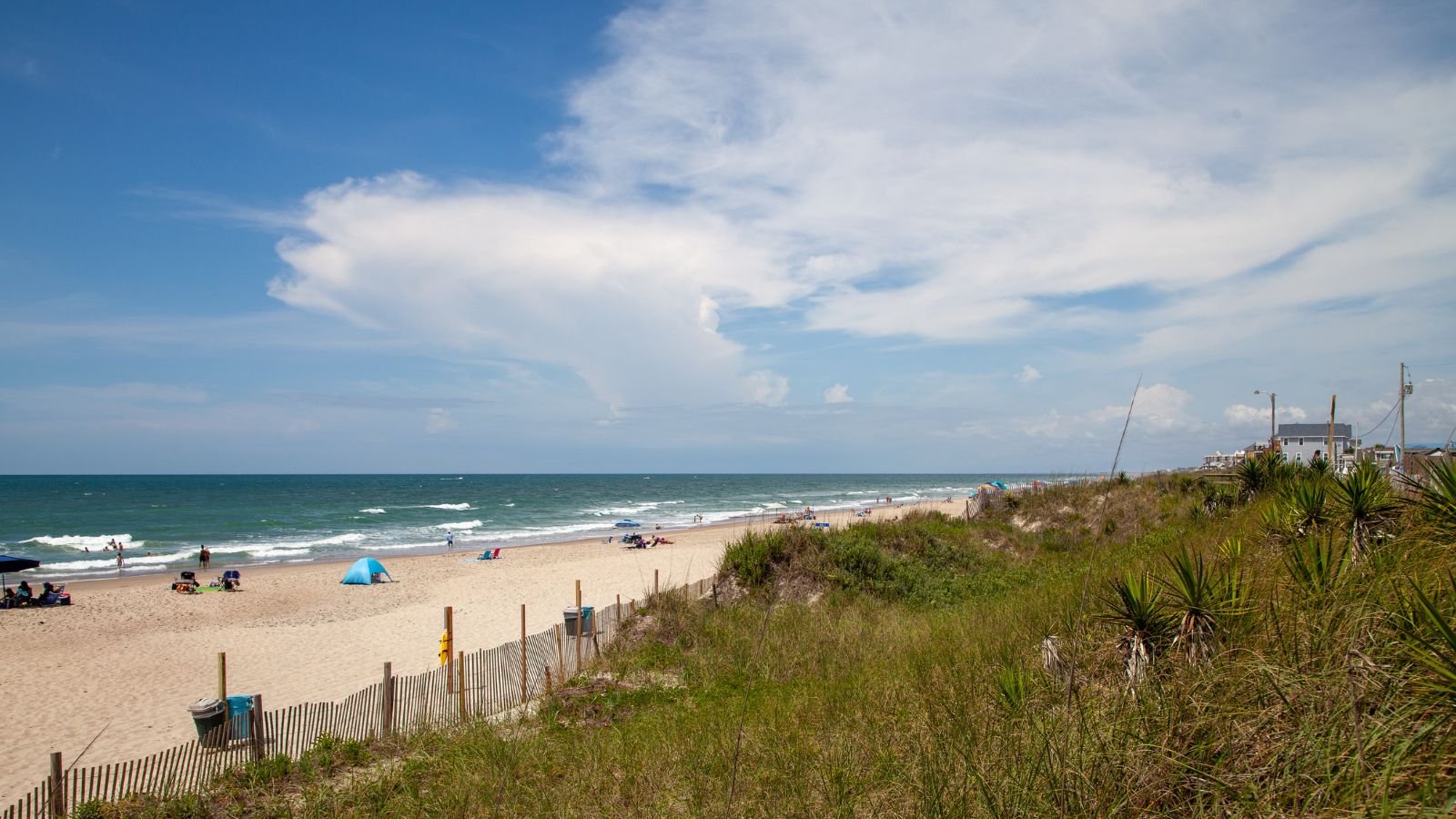
During the summer, Emerald Isle, North Carolina, becomes a popular destination, drawing in numerous visitors. Regrettably, this increase coincides with a rise in shark incidents. Being a main route for migration, the region faces an increased likelihood of shark encounters.
Recently, numerous events have highlighted this risk. A menacing 5-foot shark was caught on video aggressively feeding in shallow waters just a few meters away from beachgoers. During another terrifying incident, a surfer was injured when a shark bit their foot and knee. The surfer described a horrifying experience, comparing the shark’s chase to something seen in a movie (ABC News 12). These events are vivid examples of the unpredictable characteristics of these waters.
Cocoa Beach – Florida, United States
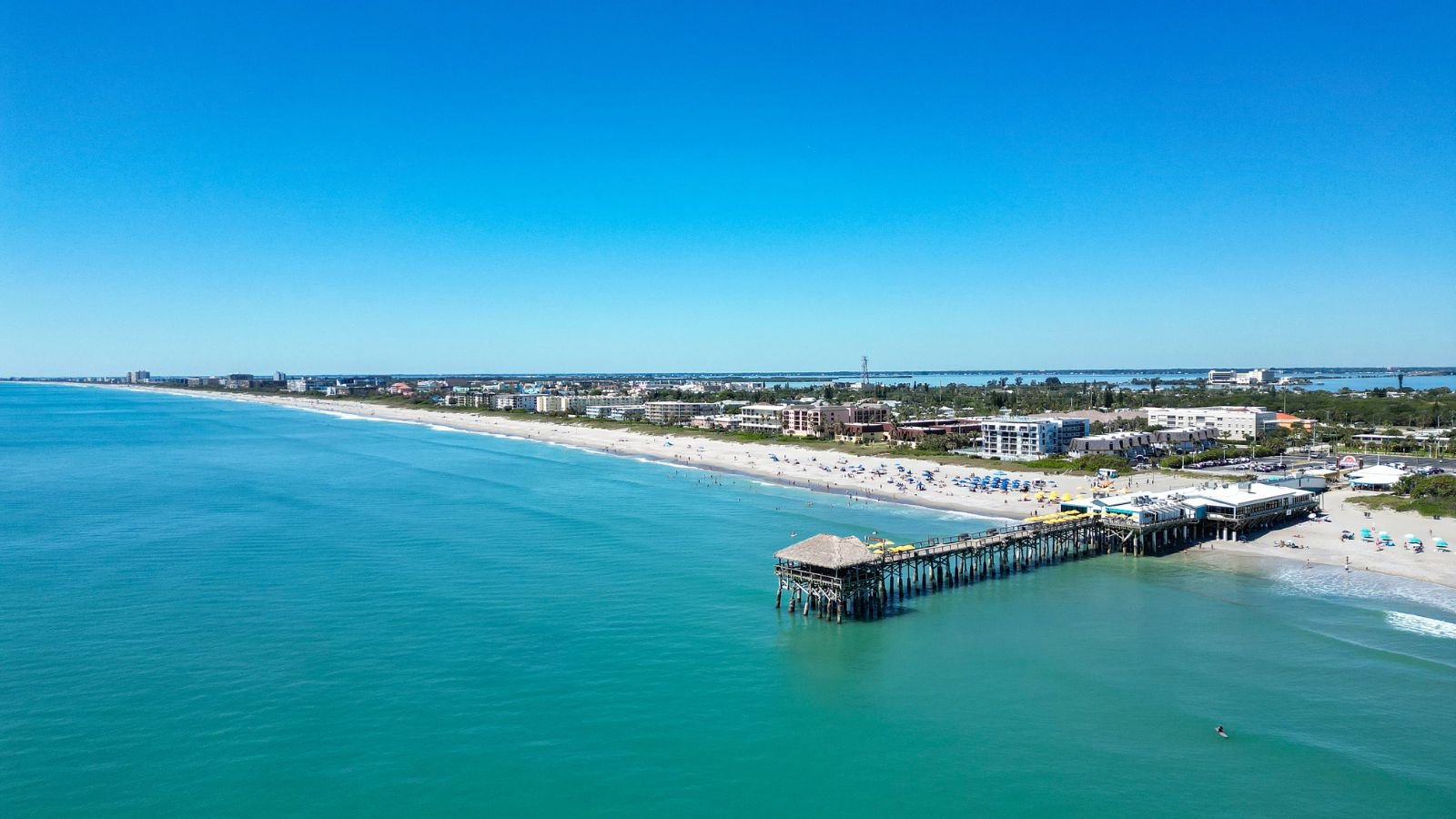
Cocoa Beach, Florida, has earned a reputation as a haven for surfers and beachgoers but also for sharks. Research by the Florida Museum International Shark Attack File shows the beach’s map, revealing that the State’s eastern coast experiences frequent shark activity. This translates to a heightened risk of encounters, solidifying Cocoa Beach’s position as the second deadliest beach in the US. Unprovoked incidents, like the 2020 attack on a surfer by a 6-foot bull shark reported to Florida Today, highlight the potential dangers for swimmers and surfers, despite the beach’s continued popularity.
Del Mar Beach – California, United States
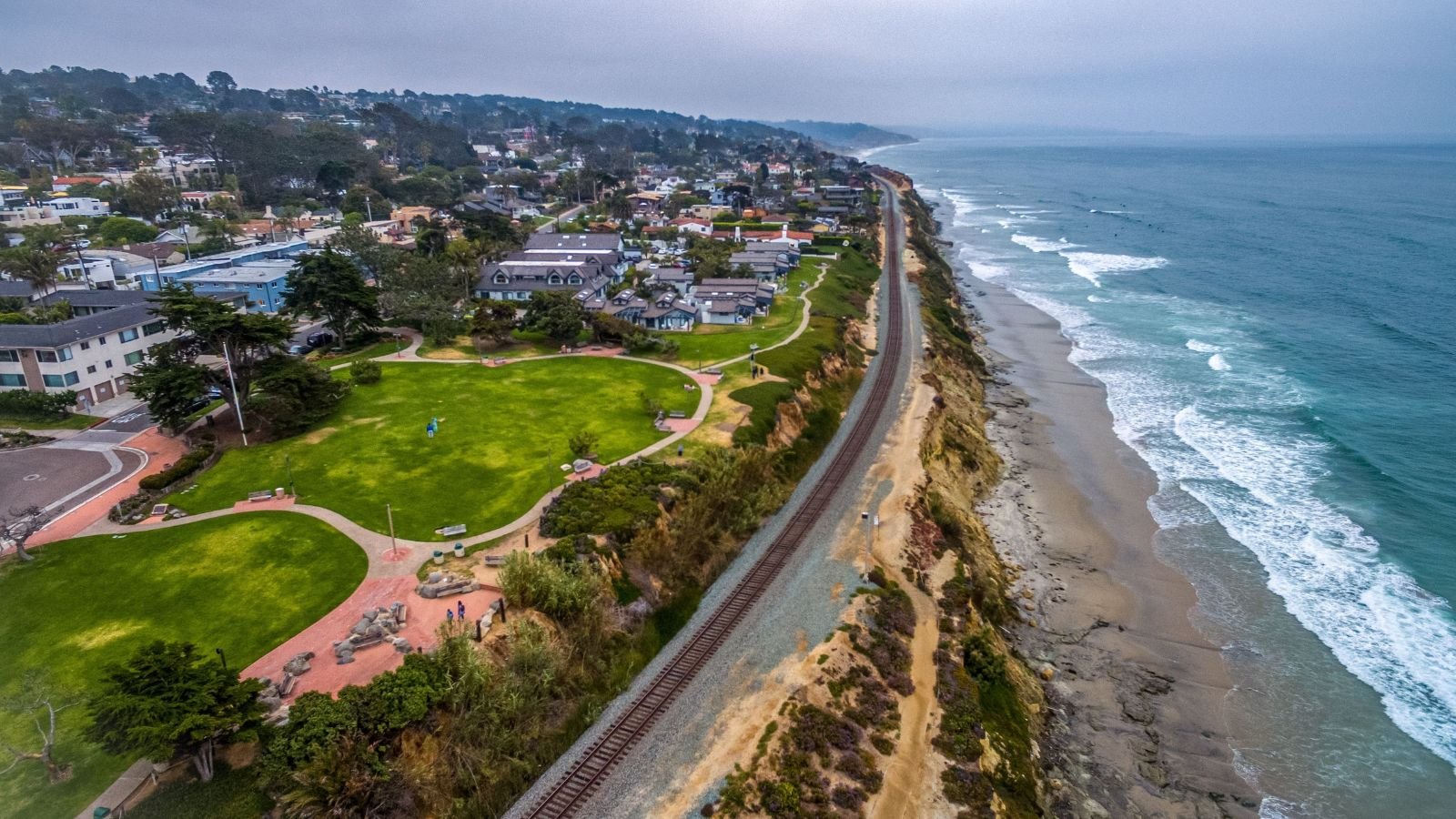
Del Mar Beach in San Diego County is known for its stunning coastline and vibrant marine life. However, it has recently gained attention for shark activity. In May 2024, a surfer survived a shark attack, sharing his experience of seeing a black silhouette before the great white shark bit his leg. This incident highlights the need for caution among beachgoers and surfers, as shark sightings in the area are not uncommon. Awareness and adherence to safety advisories are crucial for a safe visit.
Brevard County – Florida, United States
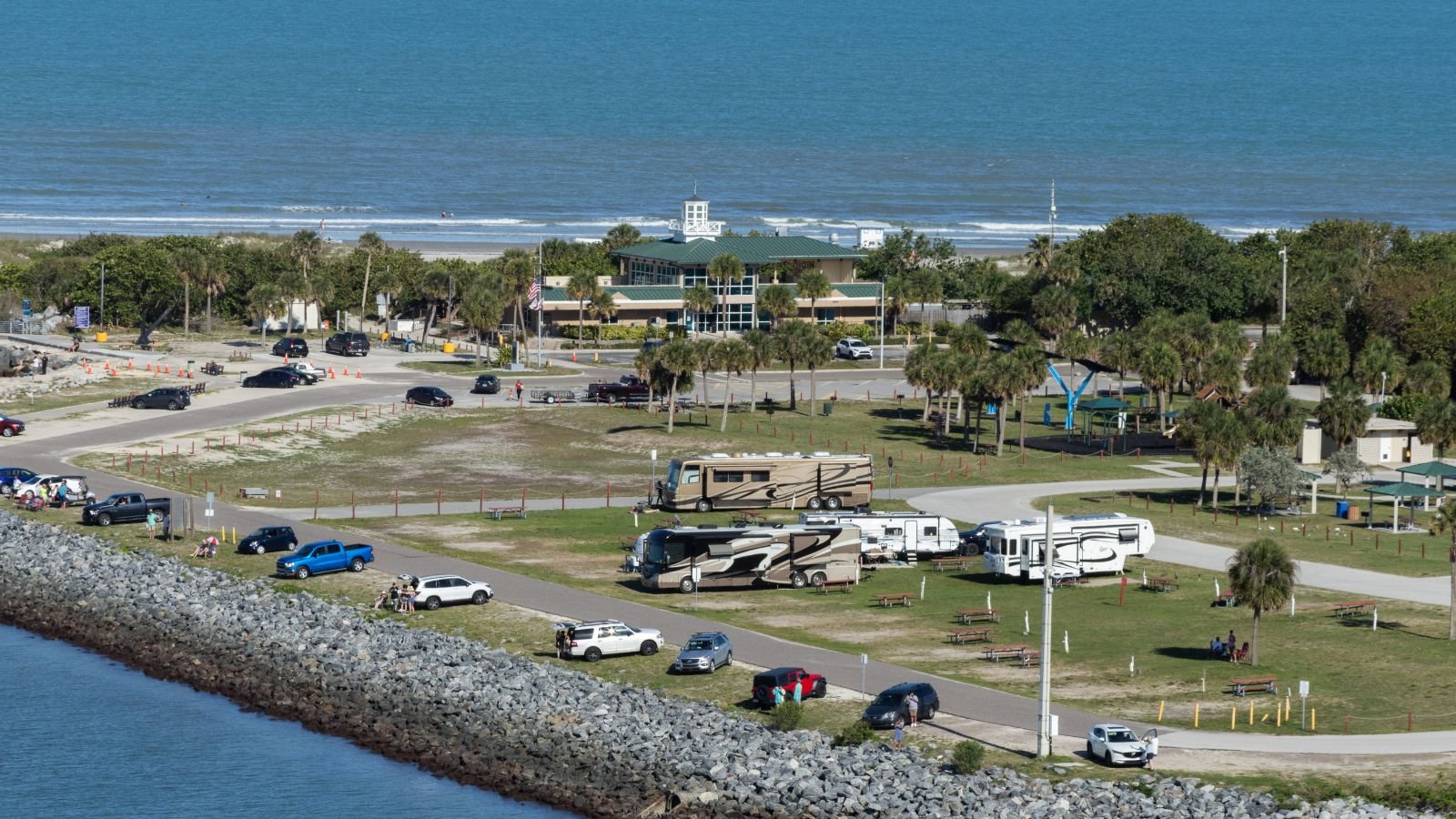
Brevard County, Florida, is a focal point for shark activity, particularly during the spring migration of blacktip sharks. Annual gatherings of thousands of blacktip sharks, drawn to the region’s warm waters and abundant prey, create a mesmerizing yet potentially hazardous spectacle.
While blacktip sharks generally pose minimal threats to humans, local authorities maintain vigilant monitoring and safety protocols, including beach patrols and public awareness campaigns, to mitigate risks.
Stinson Beach – California, United States
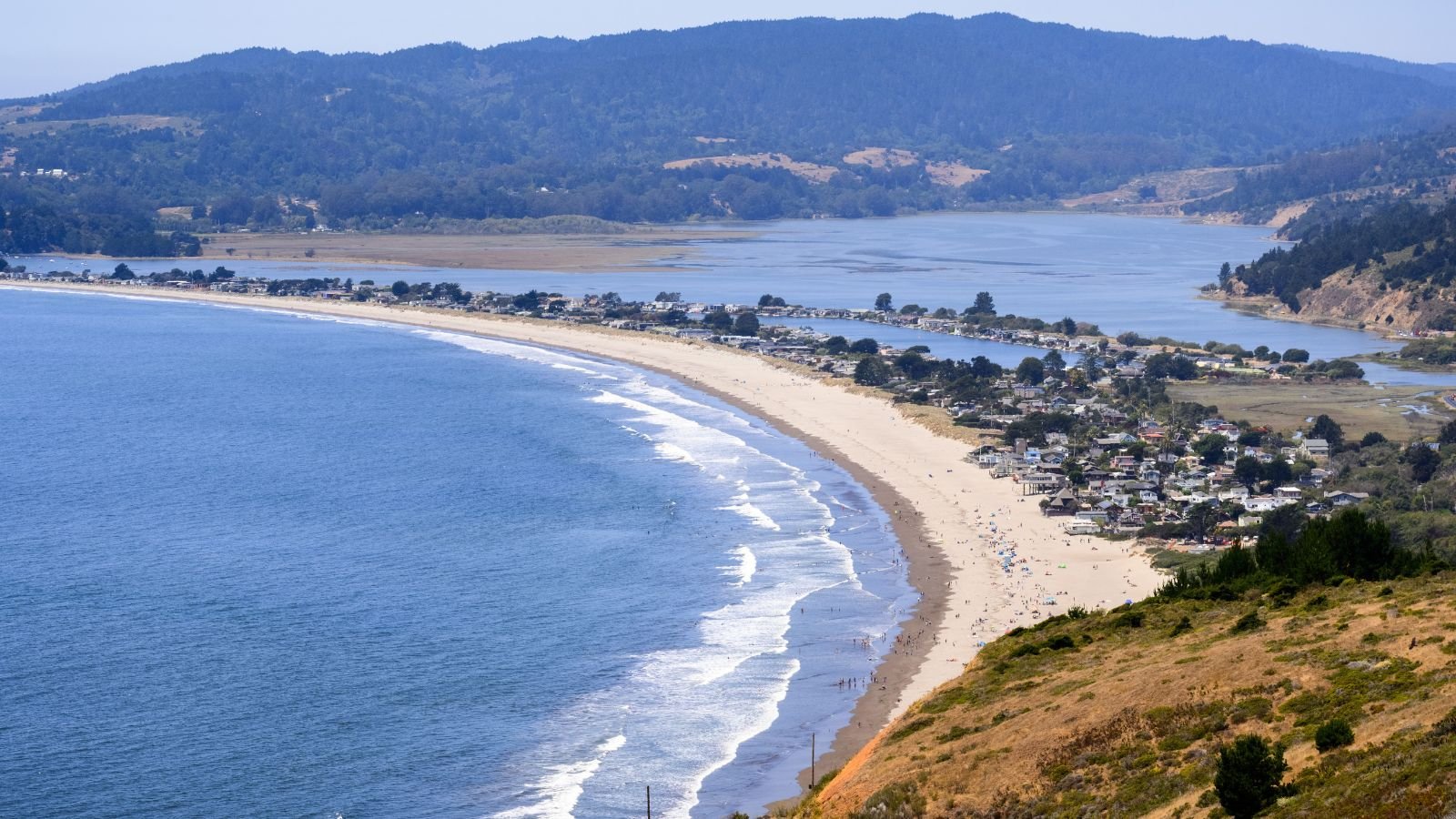
Stinson Beach, renowned for its beauty, harbors a dark secret: a history of harrowing shark attacks. The most infamous incident occurred in 1998 when a 12-14 foot great white shark dragged a surfer into the depths, leaving him with severe injuries.
The waves off Stinson Beach break within a region called the “Red Triangle.” Within the infamous Red Triangle, the area is abundant in seals, a shark’s primary prey, which contributes to the heightened risk of shark attacks. Despite rare occurrences, the specter of these apex predators casts a shadow over this coastal paradise.
Surfside Beach – Texas, United States
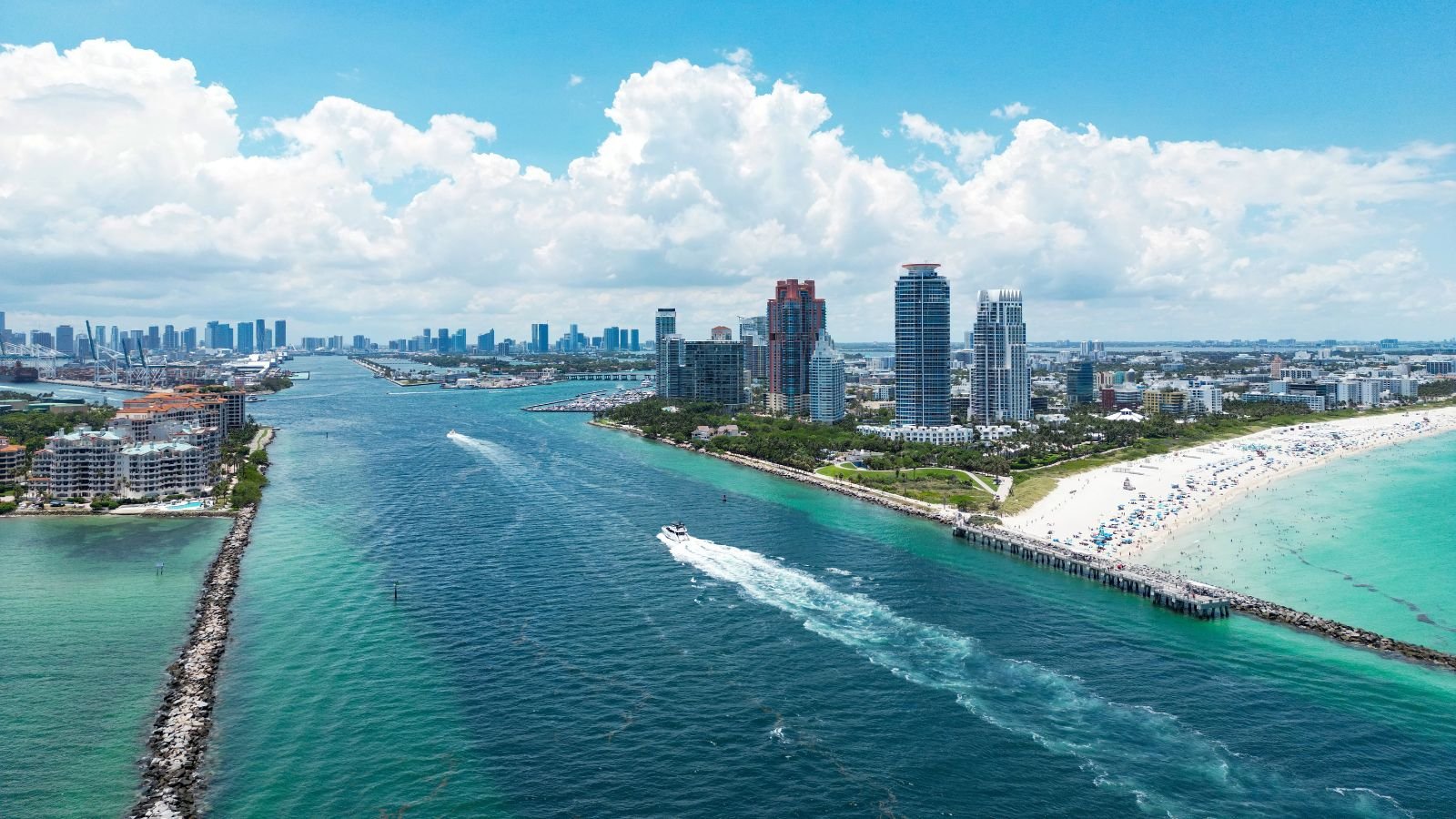
Surfside Beach, Texas, a Gulf Coast gem, is a bull shark hotspot. These aggressive sharks thrive in the beach’s unique freshwater-saltwater mix. While encounters are rare, the community remains vigilant. Shark education programs, patrols, and signage ensure public safety. The beach offers visitors a thrilling opportunity to witness these apex predators in their natural habitat, fostering a respect for marine life.
South Padre Island – Texas, United States
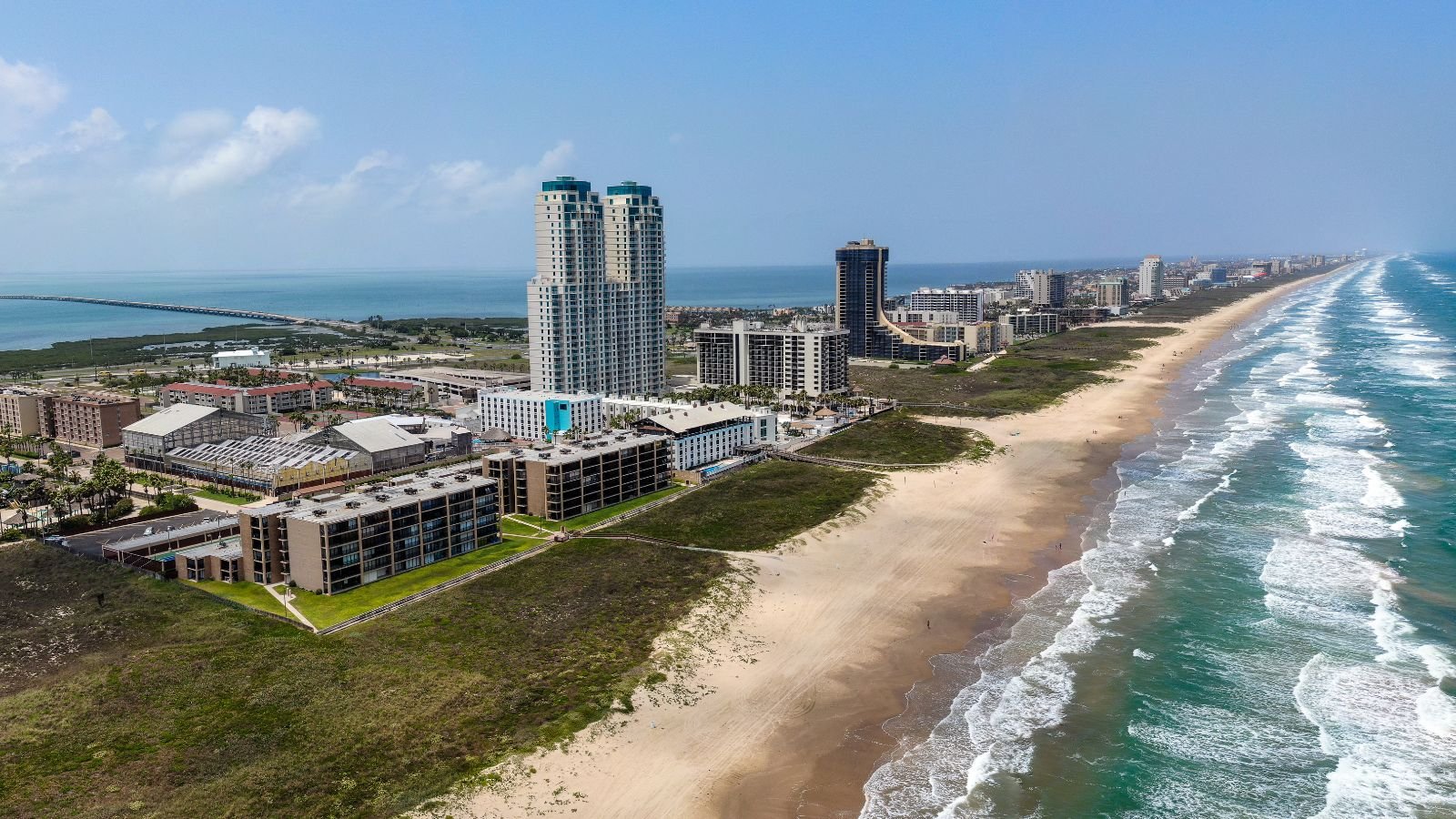
South Padre Island, a popular beach destination in Texas, saw its Independence Day celebrations take a dark turn on July 4, 2024. Two shark attacks occurred on the same day, casting a shadow over the festivities. These incidents highlight the potential dangers and the importance of vigilance and safety guidelines while at the beach. Though rare, shark sightings and encounters serve as a reminder for beachgoers to exercise caution in the water.
North Shore – Oahu, Hawaii, United States
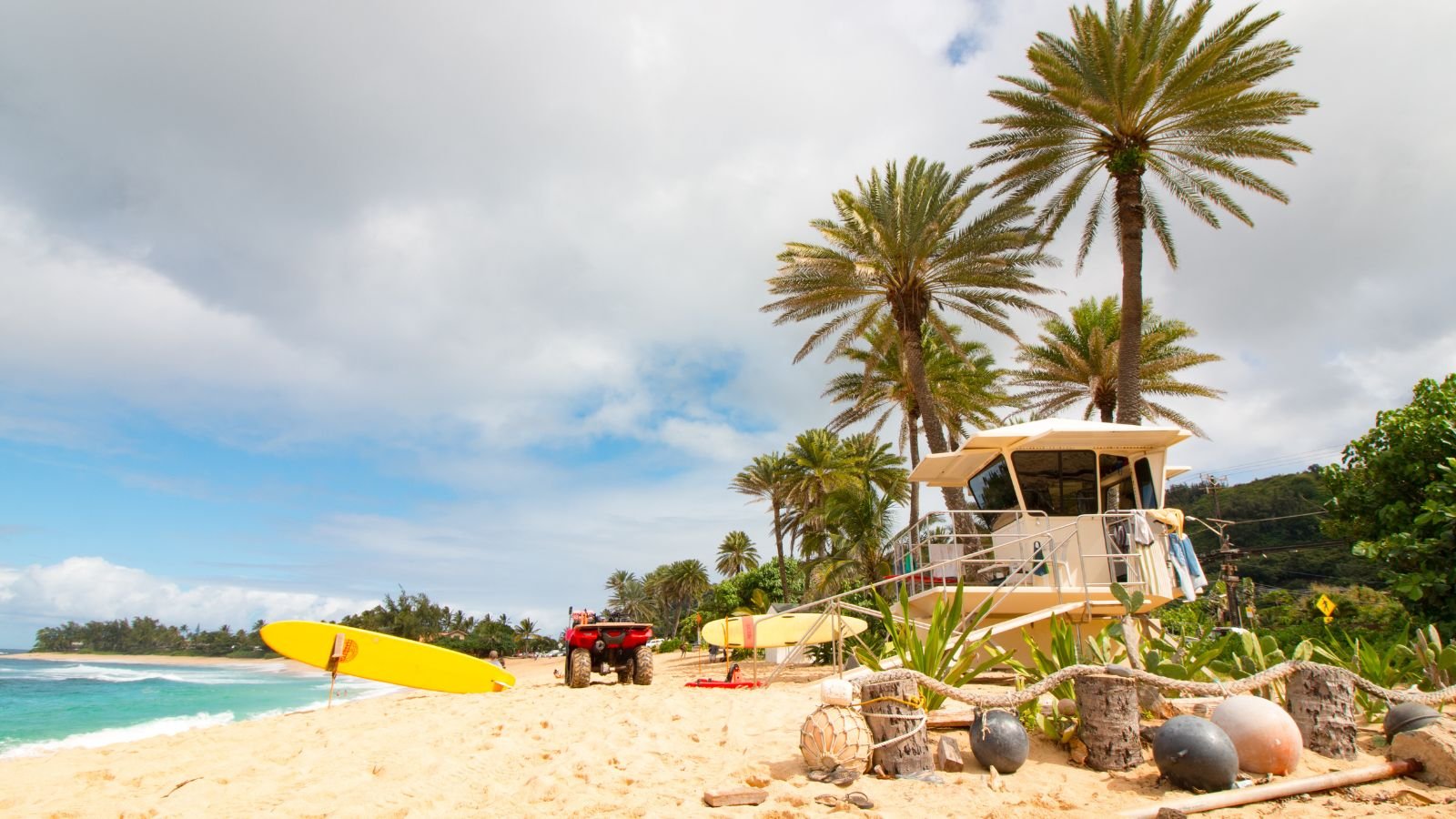
The North Shore of Oahu is known worldwide for its massive waves, making it a hub for surfing. Tiger and Galapagos sharks, top predators recognized for their size and strength, live in these seas. Although adventure seekers are attracted to the excitement of these interactions, it is crucial to approach sharing the ocean with these creatures with respect and caution.
In July 2024, a 30-year-old surfer experienced a severe leg injury following a shark attack at Puaena Point on the North Shore of Oahu. The event occurred in a well-known surfing spot, shocking residents who had never faced such a near brush with danger despite regular shark sightings. The injured person was quickly taken to the hospital, and officials advised beach visitors to stay away from the vicinity.
